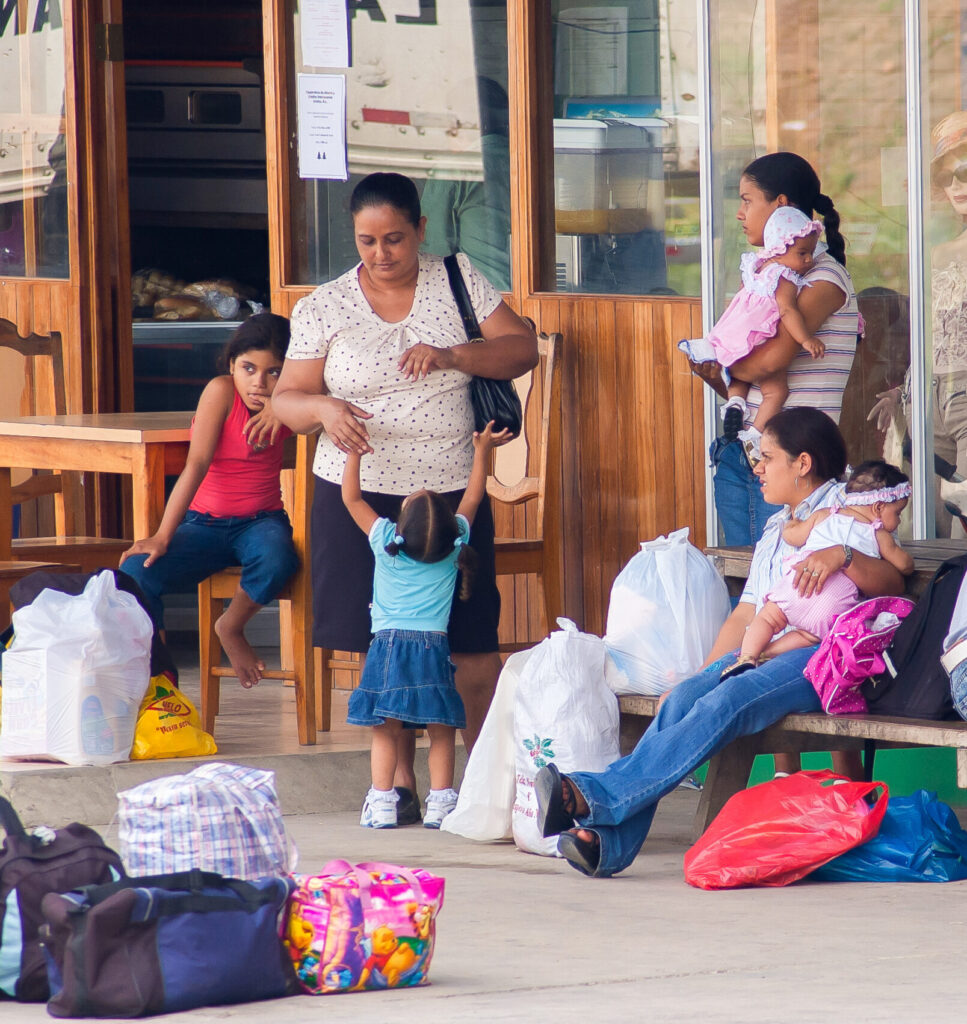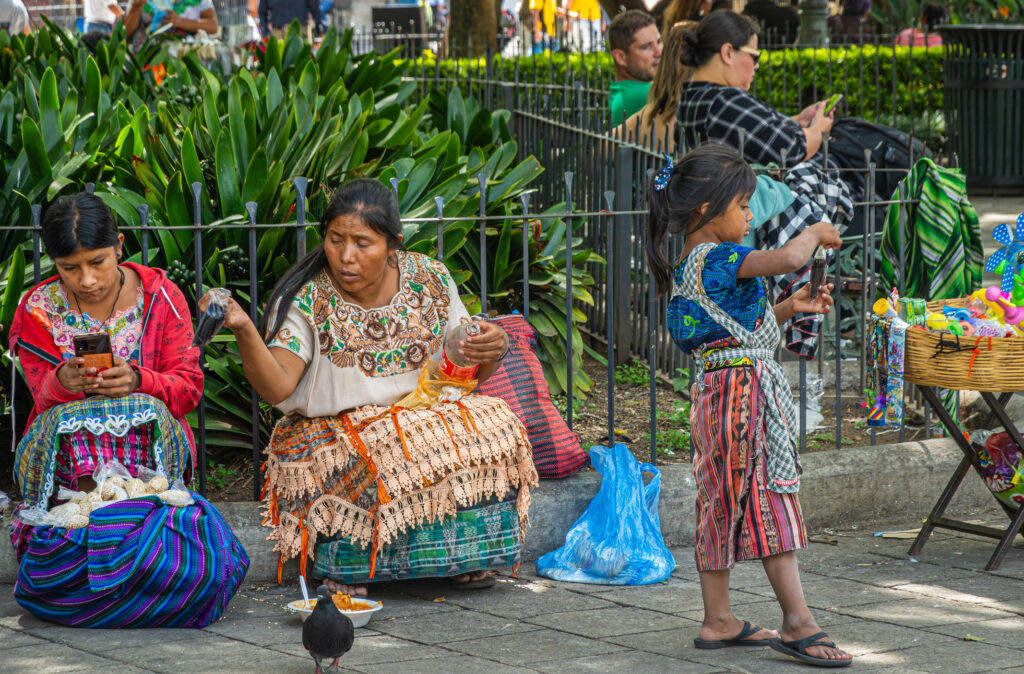
Everything has changed.
Over the past few weeks, despite trying to focus on business as usual, it’s apparent that the COVID-19 pandemic will affect every aspect of our lives, not just from where we work.
Partly because of my work on prior disasters – like the response to the 2004 tsunami in Indonesia, and the Pakistan earthquake in 2013 – I have received several requests from donors, colleagues and others to reflect on how the lessons from these natural disasters may or may not be relevant for the current pandemic.
Impact on Households: Severity and Duration
There is clearly a lot of similarities between a shock created by a natural disaster and one created by disease. In the paper The Role of Financial Services in Humanitarian Crises, which I cowrote with colleagues from the World Bank and CGAP in 2017, we opened with the following:
“Whether caused by conflict, natural disaster, climate-related events, or some combination of the three, crises have been steadily increasing in frequency, severity, and complexity. While the nature and incidences of these crises vary significantly, they affect millions of people, particularly the most vulnerable….Poor people have fewer assets to support their livelihood, consume close to subsistence levels, and often cannot rely on savings to ensure health and education outcomes are maintained during periods of crisis.”
Households experience shocks similarly, regardless of the cause.
While this paper did not specifically address pandemics as a shock, the message is the same: households experience shocks similarly, regardless of the cause. This experience often manifests as:
- Loss of income
- Depletion of savings
- Negative coping strategies like reduction in food intake or sale of productive assets
- Borrowing to support consumption as a result of job loss
What differentiates one crisis from another is the duration and severity of the shock. This influence’s people’s ability to withstand its effects on their livelihoods. In a natural disaster, the shock is often one-off and highly localized in a particular region or in specific sectors like agriculture. In a pandemic, where the shock is widespread, the duration is prolonged and systemic in nature and thus the impacts may look more like a financial crisis.
Systemic Shocks: The Real Economy and FSPs
The systemic nature of the shock means there are also severe impacts on firms, or what we often call the “real economy,” and the financial institutions that serve them.
The systemic nature of the shock means there are also severe impacts on firms and the financial institutions that serve them.
With regard to firms, social distancing and closures are having significant effects, both short and long term. While not all sectors will be affected equally, there is no question that travel, leisure, and service industries will be greatly impacted. Other sectors, like agriculture, may show delayed effects. My colleague Eric Noggle mentions in his latest blog post how some micro-entrepreneurs in countries affected by the Ebola crisis were impacted. Firms without the cash flow to withstand long-term closures are likely to shutter their doors or their owners may be forced to find alternative livelihoods. At CFI, we are looking to expedite research already planned to understand the financial health of micro and small enterprises in developing countries. We are hoping to roll out this research and explicitly capture the effects of COVID-19 in several countries including Columbia, India, Indonesia, Mexico and Nigeria.
With regard to financial services providers, Tim Ogden’s latest Weekly FaiV highlights how the institutions that serve the most vulnerable in the US, the Community Development Financial Institution (CDFI), are the most likely to be forgotten by stimulus packages and, like the people they serve, are already vulnerable to shocks.
The parallels are many in developing countries. The financial institutions that serve the BOP – microfinance institutions, cooperatives, some banks, even some fintechs – are all highly vulnerable to systemic shocks and are likely not to benefit from central bank stimuli. The effects of crisis manifest most immediately in:
- Impacts on staffing and the ability of the institution to respond to the needs of their customers
- A slowdown or halting of repayments and an increase in defaults for credit providers
- Liquidity shortfalls
There has been a lot written on how providers are affected by crises and there have been numerous campaigns to support these institutions to put in place preparedness and response plans. Here, here and here are just a few of the resources on how institutions that serve the BOP should deal with crisis preparedness and response. In a nutshell, financial services providers should have business continuity plans in place. They should have pre-established access to liquidity facilities, backup IT systems, back up staffing plans for ill or otherwise impacted personnel, and so on.
But despite efforts to get providers prepared, sadly, many will not be. This means that many providers are learning about crisis response in real time and have to figure out what to do. A subsequent post will synthesize the lessons for FSPs that are in this learning-by-doing phase, while highlighting what may be different during a pandemic.
A Tipping Point for Platform Financial Service Provision?
In today’s world, the platform actors, whether e-commerce, social networks or gig marketplaces, that are already operating digitally and with minimal “touch” are well placed to seize the moment and expand their financial offerings, potentially accelerating their expansion into finance services to the BOP.
A recent article by BFA noted that the gig workers in Wuhan operating on various delivery platforms, like Meituan, have seen marked increases in demand for their services. Amazon recently announced that it is hiring 100,000 warehouse and delivery workers, in addition to increasing overtime pay and regular wages. While many of these platforms have been focusing on their ability to respond to the COVID-19 crisis by improving the safety protocols for their workers and meeting the growing demand for their services, it will be interesting to see whether and when they expand their role in supporting the many gig workers and merchants that operate on their platforms. As highlighted in a CFI blog post from February, many platforms are already offering financial services in some countries, notably Indonesia, but also in China and India.
This Time, It’s Different
The current COVID-19 situation is not just systemic at the country level: it is systemic at the global level. We are seeing contraction in both developed and developing countries simultaneously, something that has not been seen since the depression. This is presenting a new challenge for all of us: what is the right response for investors, for donors, for FSPs, and for other stakeholders that support these market actors? In coordination with our partners, CFI will share some emerging thinking on these issues in subsequent posts.










